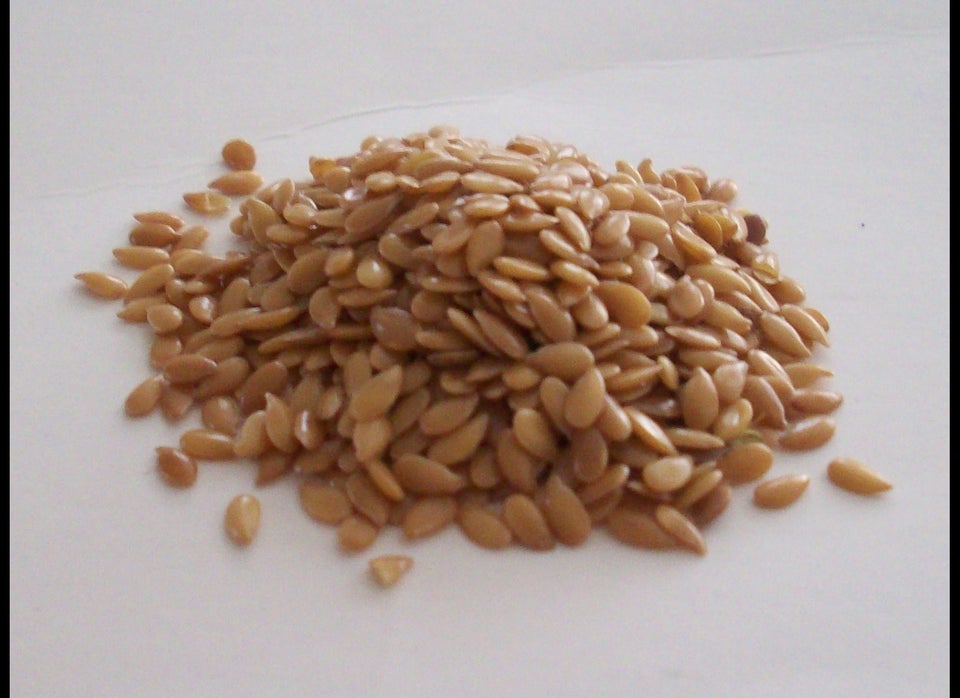By Elizabeth Nolan Brown for Blisstree.com
Everywhere you look these days, health experts are touting the benefits of omega-3 fatty acids, a type of polyunsaturated fat that could help lower blood pressure, prevent heart disease, treat depression and boost brain health. The most commonly named sources are oily fish or fish oil supplements. But while fish is the most common dietary source, there are plenty of vegetarian and vegan ways to get your omega-3's. Click through the slideshow below for eight of these sources, including flaxseed oil, chia seeds and purslane.
Most of these vegetarian sources, I should note, are made up of a type of omega-3 fatty acid known as alpha-linolenic acid (ALA). The omega-3's found in fish and fish oil -- and the types made by our bodies -- are docosahexaenoic acid (DHA) and eicosapentaenoic acid (EPA). ALA has not been shown to have the same health benefits as DHA or EPA. Our bodies can totally convert ALA from plant sources into EPA and subsequently DHA, however -- it just requires more metabolic work. Because of this, the absorption of fatty acids may be greater from animal sources like fish, meat or eggs.
"Most healthy people can eat ALA from plant sources like chia and flaxseeds, and it will be transformed into EPA and DHA," explains Susan Schenck in "Beyond Broccoli, Creating a Biologically Balanced Diet When a Vegetarian Diet Doesn't Work." "However, only seven to 15 percent of the dietary ALA may be converted to EPA. Much less is converted to DHA. And this is in a healthy young person. The conversion rate is far less in the unhealthy or elderly." Some people have an impaired enzyme that makes them unable to convert ALA to DHA and EPA, and disease, stress, smoking or eating a diet high in trans and saturated fat can also impair this ability.
Soybean, canola, wheat germ and walnut oil all have a decent amount of omega-3's, but much higher levels of omega-6 fatty acids -- and this ratio of omega-3's to omega-6's is important. Health experts recommend an omega-6/omega-3 ratio of about 4:1. Most American diets contain way too many omega-6 fatty acids, which are common in seed oil (like corn, canola and soybean), animal fat and processed foods. The goal is not to get as much omega-3 as possible, but to get enough to offset the amount of omega-6 in your diet.
